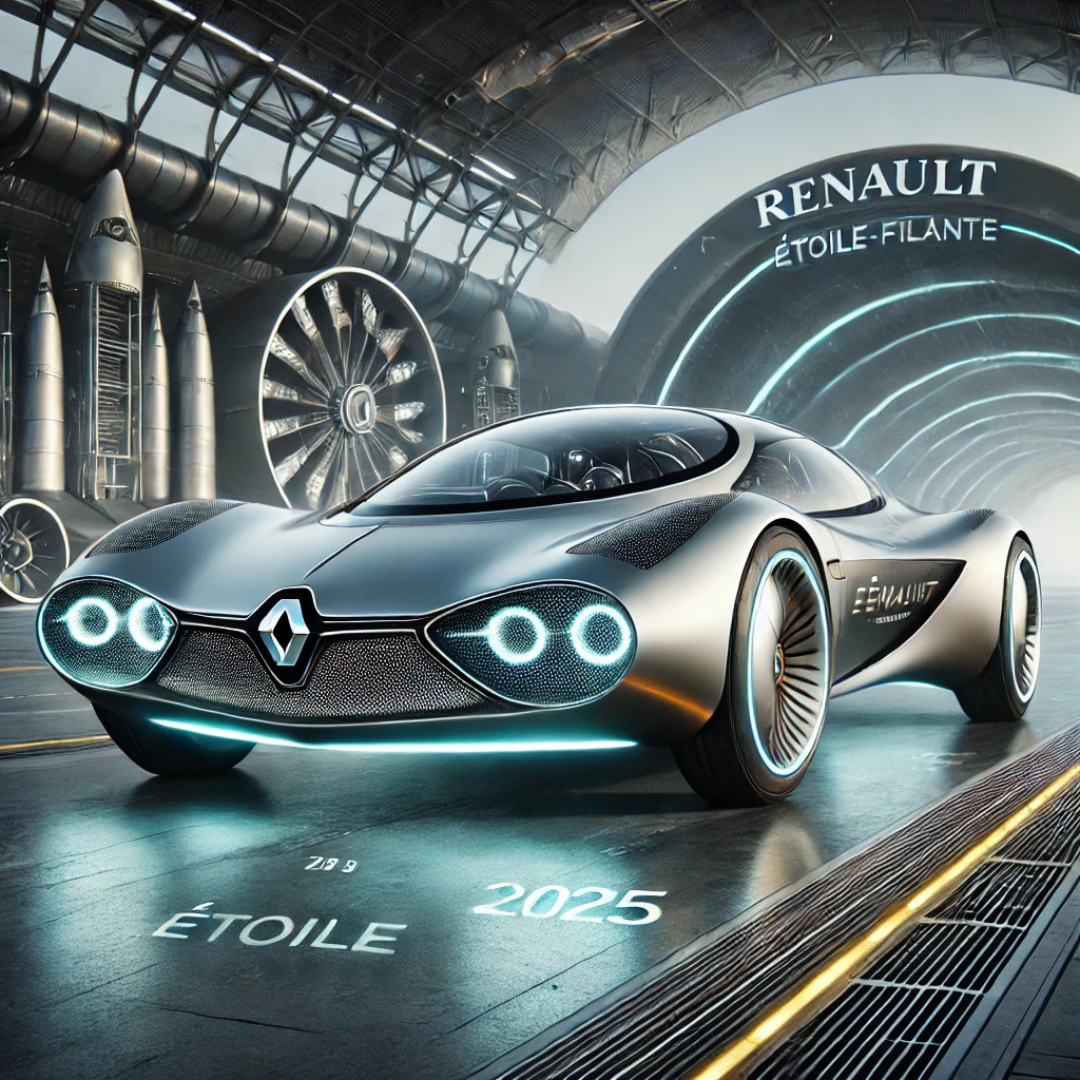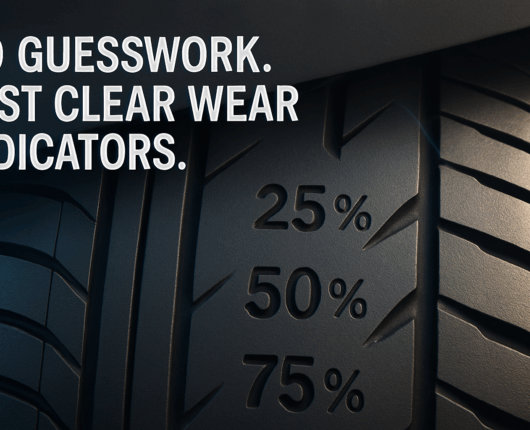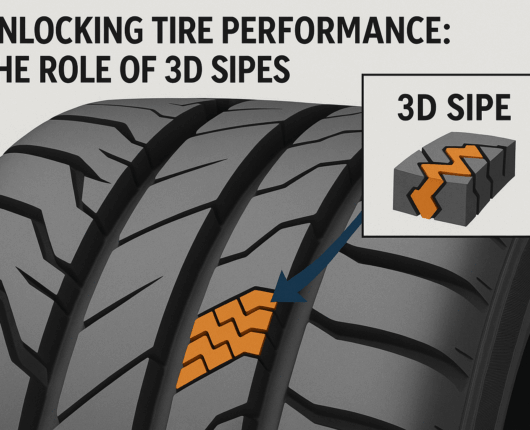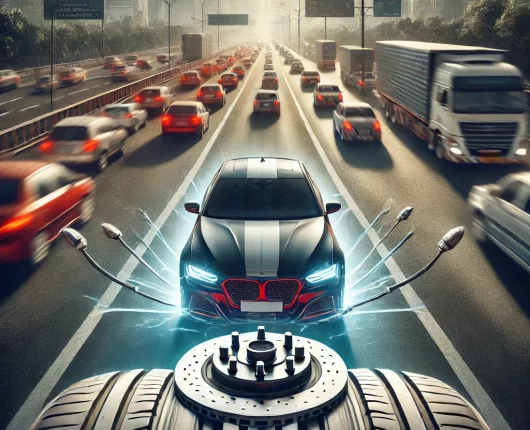-
 By Anil Trivedi
By Anil Trivedi
- February 20, 2025
- 0 Comments
- Car Tyres, Technology
The Renault Étoile Filante (French for “Firing Star”) is one of the most remarkable experimental cars ever erected. Developed by Renault in the 1950s, this spur-powered concept auto was designed to break speed records and demonstrate the potential of gas turbine machines in motorcars. While it never became a mainstream product vehicle, it left an unforgettable mark on automotive history and remains an icon of invention and engineering ambition.
The post-war period was a time of rapid-fire technological advancements, especially in aeronautics and automotive industries. As aircraft manufacturers perfected spur propulsion, auto manufacturers began to explore new powertrain technologies that could revolutionize the way vehicles were powered. Renault, a company known for its engineering excellence, sought to harness this technology and apply it to a high-speed machine. The result was the Étoile Filante, an auto designed not for practicality, but for sheer performance and record-breaking feats.
During the early 1950s, there was a swell of interest in turbine- powered vehicles. Automakers such as General Motors, Chrysler, and Rover had formerly begun experimenting with gas turbine machines in cars, believing that these high-revving, featherlight powerplants could replace conventional piston machines. Renault joined the race with a vision to push engineering limits and gain recognition on the global stage. With their collaboration with Turbomeca, a leading French aviation company, Renault developed a groundbreaking conception that would test the feasibility of turbine power in motorcars.
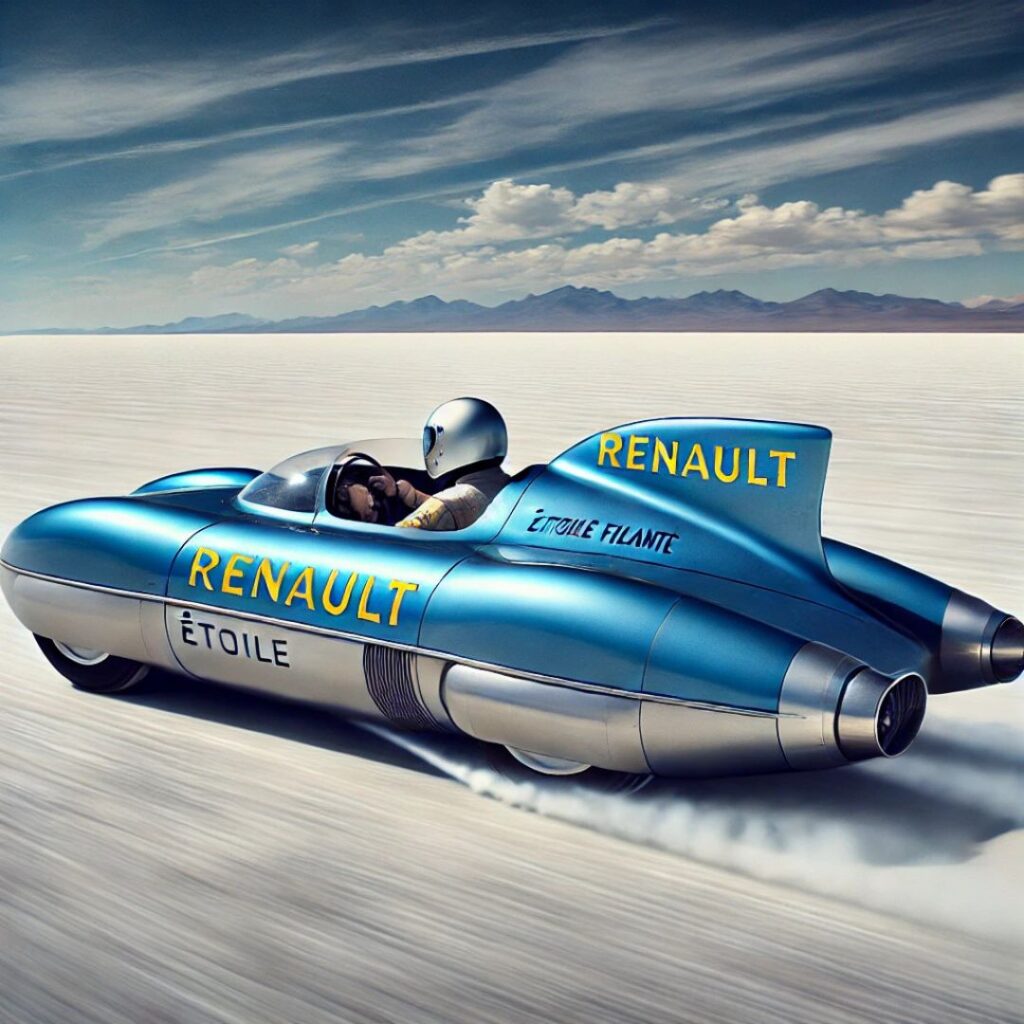
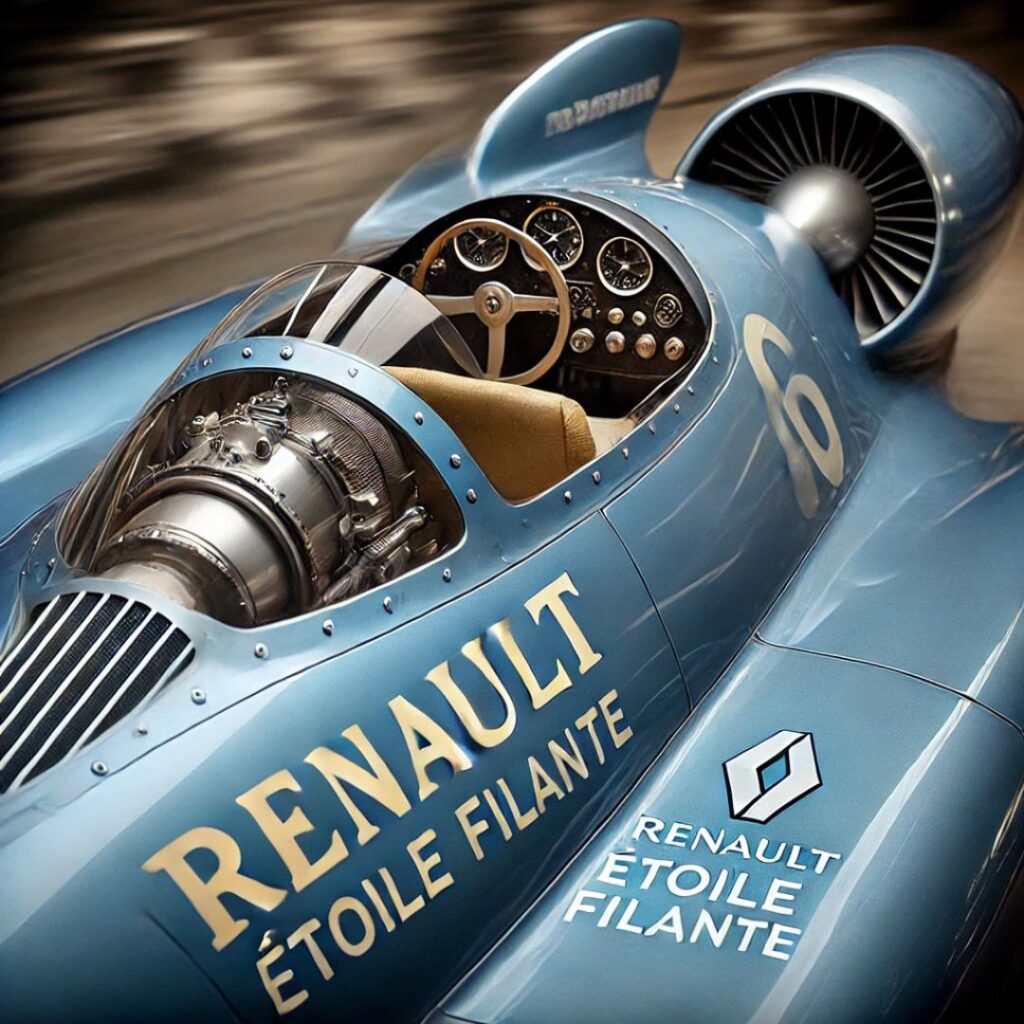
The Birth of the Étoile Filante
During the post-war period, machine manufacturers were exploring colorful powertrain technologies beyond traditional piston machines. Inspired by the advancements in aviation and turbine propulsion, Renault decided to produce an experimental vehicle that would showcase the capabilities of gas turbine power in an auto. The result was the Étoile Filante, a satiny, futuristic-looking vehicle designed to set new speed records and push the boundaries of what was mechanically possible at the time.
The Étoile Filante was designed to be as featherlight and aerodynamic as possible, taking cues from spurt aircraft engineering. masterminds developed anultra-streamlined body using fiberglass, an advanced material at the time that allowed for a combination of lightness and strength. Every element of the auto‘s design concentrated on reducing drag and maximizing speed, from its elongated teardrop shape to its enclosed bus. The thing was clear to produce a machine able of breaking records at the Bonneville Salt Flats, the ultimate proving ground for high– speed vehicles.
Critical Features of the Renault Étoile Filante
1. Jet Turbine Machine
One of the most striking aspects of the Étoile Filante was its use of a Turbomeca Turmo gas turbine machine. Unlike conventional piston machines, gas turbines offered smoother operation, advanced RPMs, and the capability to run on a variety of energies. The machine in the Étoile Filante produced 270 power, a significant quantum of power for the 1950s.
2. Featherlight Aerodynamic Body
To maximize speed and effectiveness, the auto was erected with a fibreglass body, making it incredibly featherlight. Its streamlined shape, inspired by aeronautics and spurt aircraft design, minimized air resistance, allowing the auto to reach high pets with ease.
3. Record– Breaking Top Speed
On August 5, 1956, the Étoile Filante set a world record at the Bonneville Salt Flats in Utah, USA, reaching a stunning speed of 308.9 km/ h( 192 mph). This achievement placed Renault in the global limelight, demonstrating its engineering prowess and commitment to invention.
4. Experimental Design and Limitations
While the gas turbine machine handed emotional smoothness and high speed, it wasn’t suitable for everyday use. It suffered from high energy consumption, inordinate heat products, and slow throttle response, making it impracticable for consumer vehicles. These limitations averted turbine-powered buses from getting mainstream despite their technological advantages.
Engineering Challenges and inventions
The Étoile Filante was n’t just about speed — it was also a testbed for advanced accoutrements and aerodynamic principles. Renault masterminds faced several challenges in conforming spurt turbine technology to a auto, including managing heat dispersion, icing structural integrity at high pets, and optimizing aerodynamics for stability. The use of fiberglass, which was featherlight yet strong, was an innovative approach that latterly told the design of unborn race buses and performance vehicles.
The Bonneville Speed Trials
The decision to test the Étoile Filante at the Bonneville Salt Flats was strategic. The vast, flat breadth of hard–packed swabs handed the ideal conditions for high-speed record attempts. On August 5, 1956, the Étoile Filante, driven by Jean Hébert, made history by setting the sanctioned speed record for gas turbine-powered cars, achieving 308.9 km/ h( 192 mph) over a one-kilometre stretch. This record cemented Renault’s character as an introducing automaker willing to push technological boundaries.
Why Gas Turbine Motorcars Never Came To Mainstream
Despite the emotional performance of the Étoile Filante, gas turbine technology noway gained wide relinquishment in the automotive assiduity. There were several reasons for this
- Energy effectiveness Issues Gas turbines consumed significantly further energy compared to conventional machines, making them impracticable for everyday use.
- High Operating Temperatures Managing the immense heat produced by turbine machines was a major challenge, taking technical accoutrements and cooling systems.
- Throttle Response Unlike traditional machines, turbine machines had a delayed throttle response, making them less suitable for normal driving conditions.
- Product Costs Developing and manufacturing gas turbine machines for consumer vehicles was precious, making it delicate to produce affordable models.
The heritage of the Renault Étoile Filante
Though the Étoile Filante did n’t lead to a marketable product line of turbine- powered Renault cars, its heritage lives on. The car remains an important part of Renault’s history and a symbol of its innovative spirit. It showcased the brand’s amenability to experiment with new technologies and push the limits of engineering.
The Étoile Filante Today
Today, the Étoile Filante is saved as a historic car and occasionally makes appearances at automotive events and exhibitions. Renault continues to celebrate its heritage by displaying this remarkable vehicle at retro mobile shows and automotive galleries, where enthusiasts can appreciate its futuristic design and groundbreaking engineering.
Influence on Modern Automotive Innovation
While gas turbine motorcars never turned mainstream, the exploration and development that went into systems like the Étoile Filante helped pave the way for unborn inventions in featherlight accoutrements, aerodynamics, and indispensable powertrains. Lessons learned from high-speed experimental vehicles have contributed to advancements in electric vehicles, hybrid technology, and hydrogen energy cells.
Conclusion
he Renault Étoile Filante stands as a testament to the bold vision and engineering imagination of Renault in the 1950s. Its groundbreaking speed record, pioneering use of a gas turbine engine, and satiny aerodynamic design make it one of the most fascinating concept cars in automotive history. Although turbine- powered road cars never turned practical, the Étoile Filante remains an enduring symbol of Renault’s commitment to pushing the limits of technology and performance.


